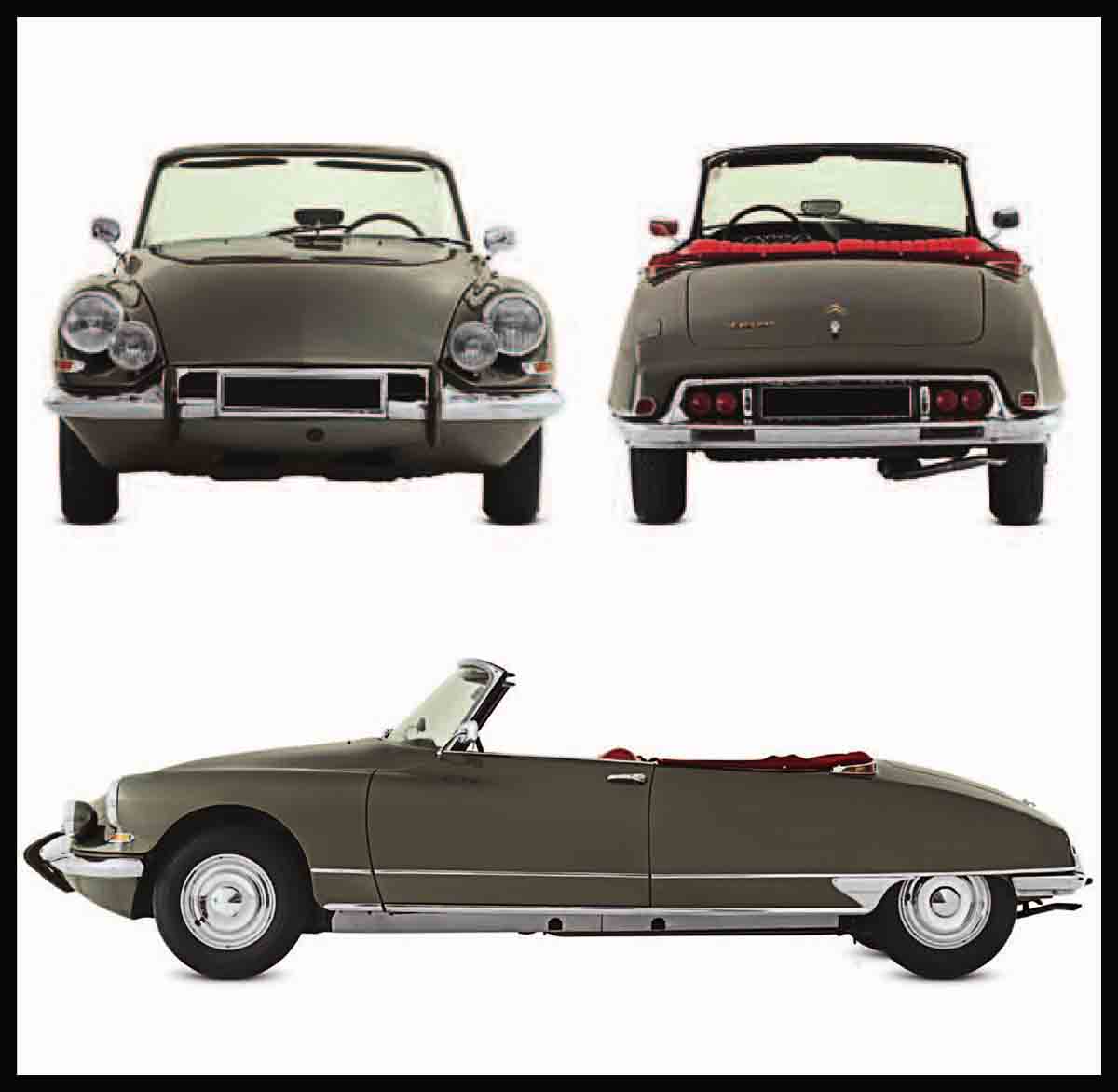
Citroën DS
When introduced in 1955 Citroën’s DS was the most advanced car of its time. Under its sleek body was a complex hydropneumatic system, driven off the engine. This powered the self-leveling suspension, the brakes, and the steering, and provided automatic clutch operation and assistance to the gearshift. Nearly 1.5 million of the DS family were made, the last in 1975. Relaxingly seductive to drive, this car became a high-tech emblem of a newly resurgent France.
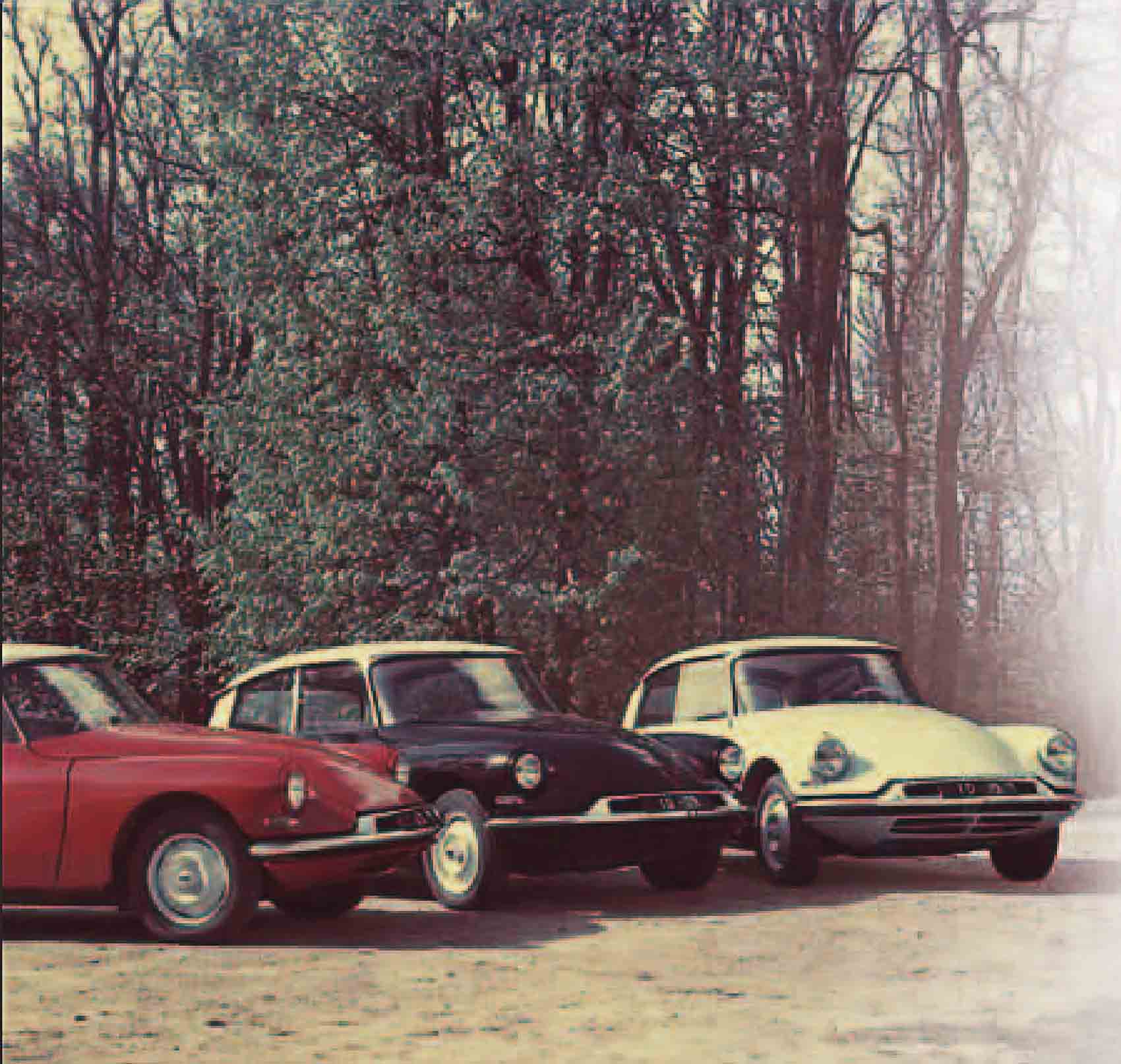
THE DS was innovative in every aspect of its design, from its aerodynamic body to its unusual construction, with outer panels bolted to an inner “skeleton” base unit. The hydropneumatics were the key technical feature, but other novelties included inboard disc brakes at the front, a special front suspension designed to enhance stability, and the extensive use of many different types of plastic. As with all Citroëns after the Traction Avant of 1934, the DS had front-wheel drive, the engine being mounted in-line, with the gearbox in front of the engine. The unusual front suspension used twin leading arms, while at the rear there were trailing arms. The less well-equipped ID model was launched in 1956, with simplified hydropneumatics, an orthodox clutch, and manual transmission; but over the years its specifications were progressively brought closer to those of the DS.
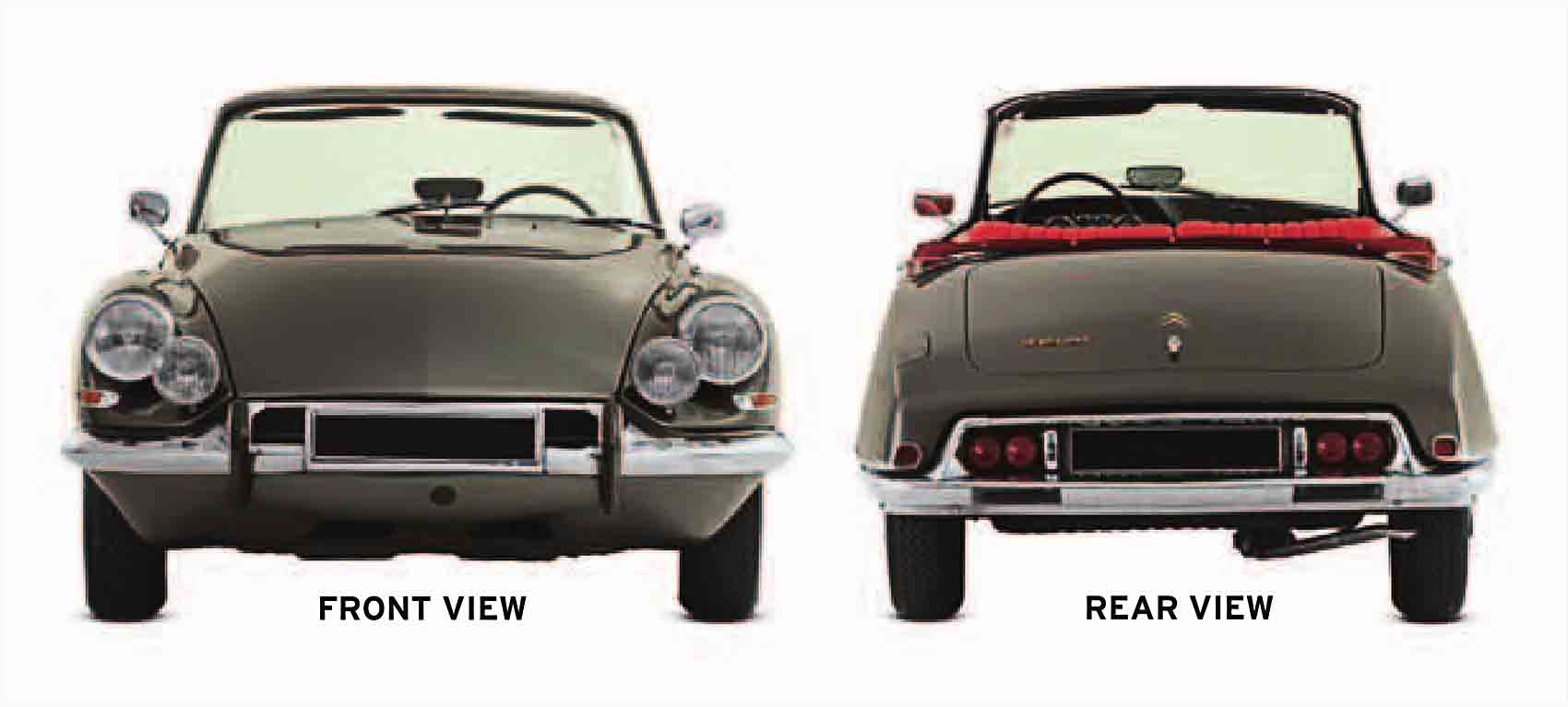
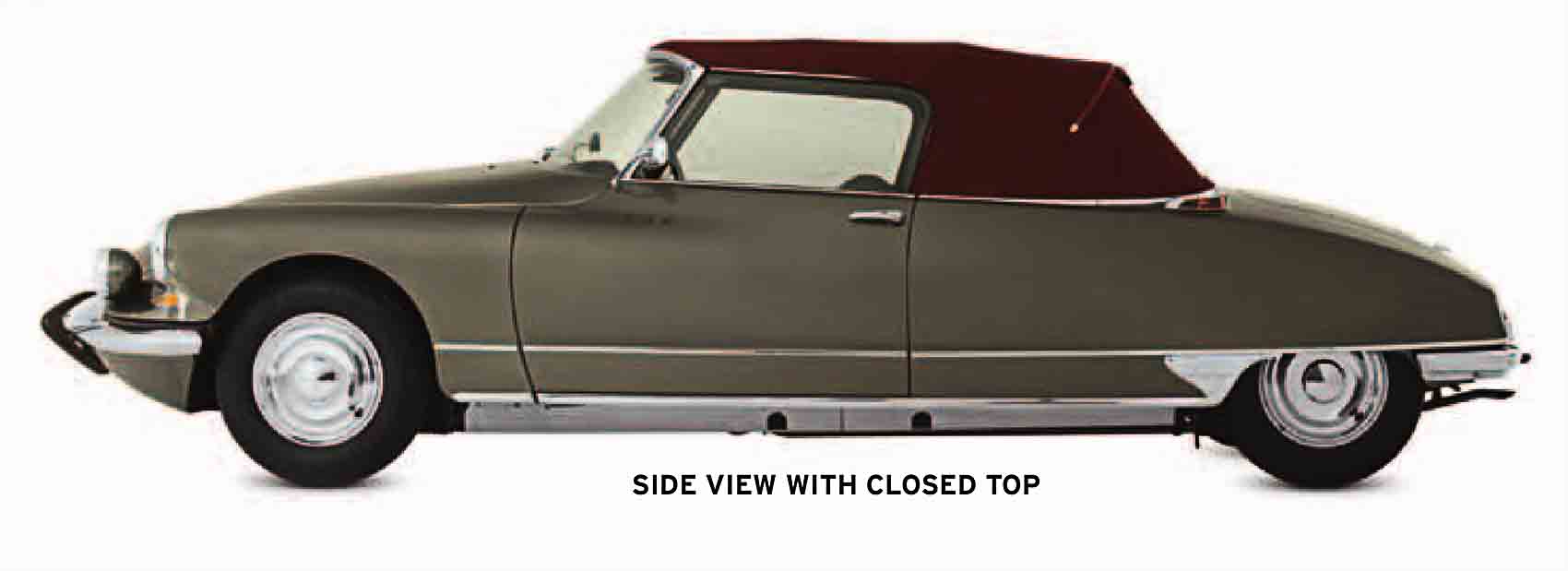
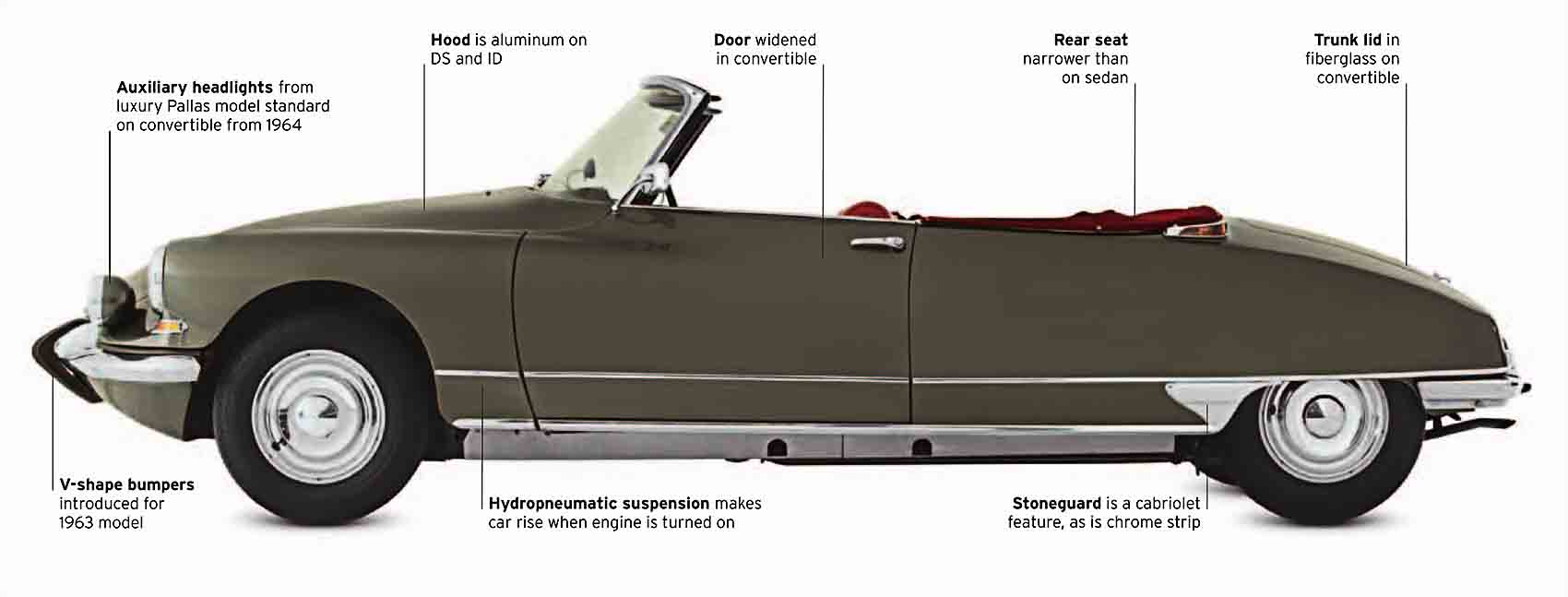
SPECIFICATIONS
| Model | Citroën DS/ID, 1955-75 |
| Assembly | Mainly Paris, France |
| Production | 1,455,746 |
| Construction | Steel body-chassis skeleton |
| Engine | 2,175 cc, ohv in-line four (DS21) |
| Power output | 109 bhp at 5,500 rpm (DS21) |
| Transmission | Four-speed, hydraulic operation |
| Suspension | All-independent, hydropneumatic |
| Brakes | Inboard front discs; rear drums |
| Maximum speed | 106 mph (171 km/h) |
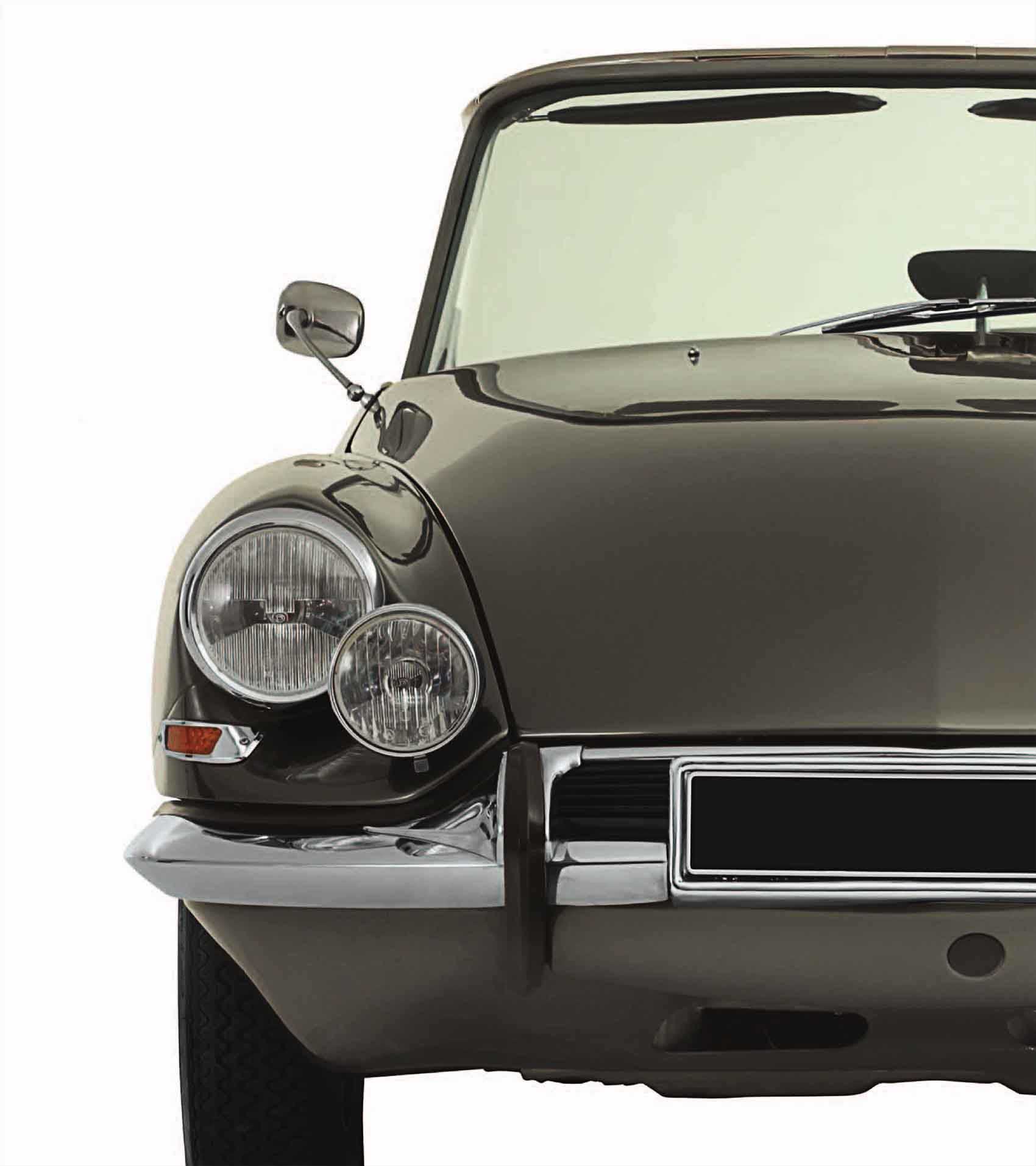
From “basking shark” to “cat’s eye”
The DS21 features low-set air intakes rather than a conventional grille. For 1963 the prow was remodeled, with v-shaped bumpers and three intakes in the below-bumper apron, as seen here. This “basking shark” front was redesigned for 1968. It received twin “cat’s eye” lights behind a plastic cowl; depending on the model, the inner lights swiveled and the outer were made self-leveling.
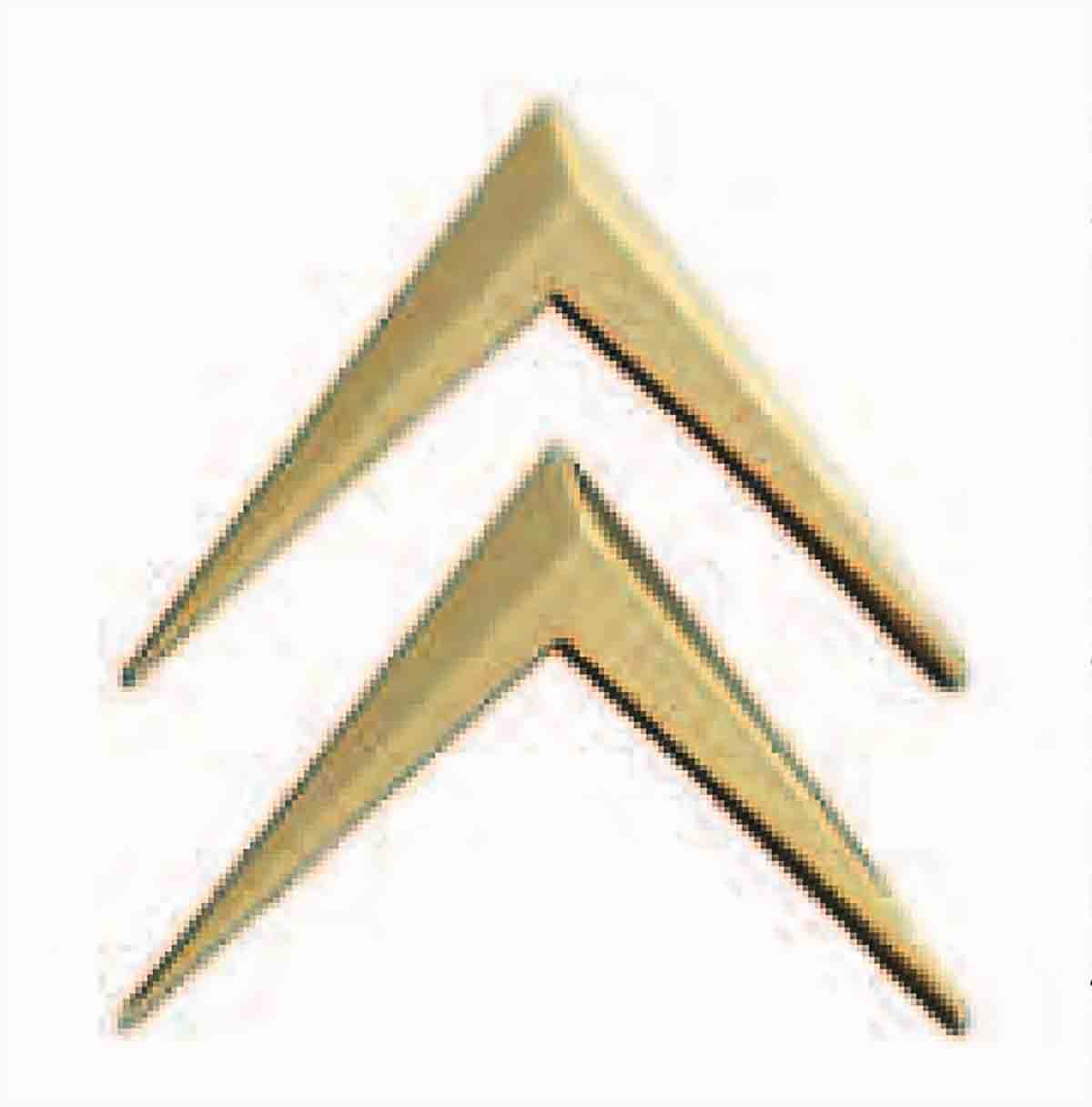
Citroën’s chevrons
The Citroën emblem, used from the first car of 1919, has two chevrons. These represent the chevron-pattern helical gears with which marque founder Andre Citroën made his name and fortune, after he had devised a means of mass-producing this form of gear-wheel.
THE EXTERIOR
This 1963 DS21 cabriolet was one of 1,365 produced for Citroën by coachbuilder Chapron between 1960 and 1971. The rear wings were formed from two panels, and the doors lengthened using elements from two standard doors. Until 1965 a manual-transmission ID was also available. Thereafter, the DS21 engine was standardized, along with certain items previously exclusive to the Pallas.

Gold chevrons indicate DS, silver the ID
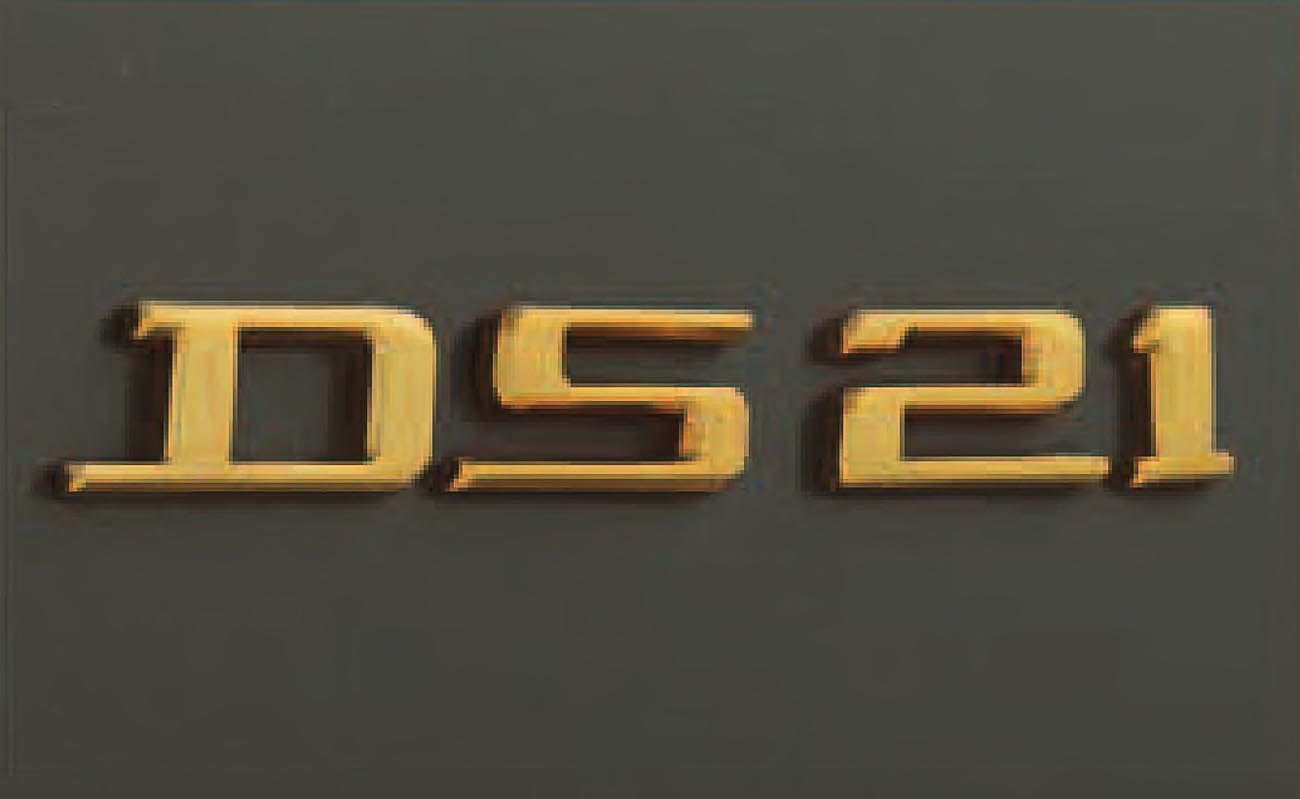
DS21 tops range from 1965 to 1972
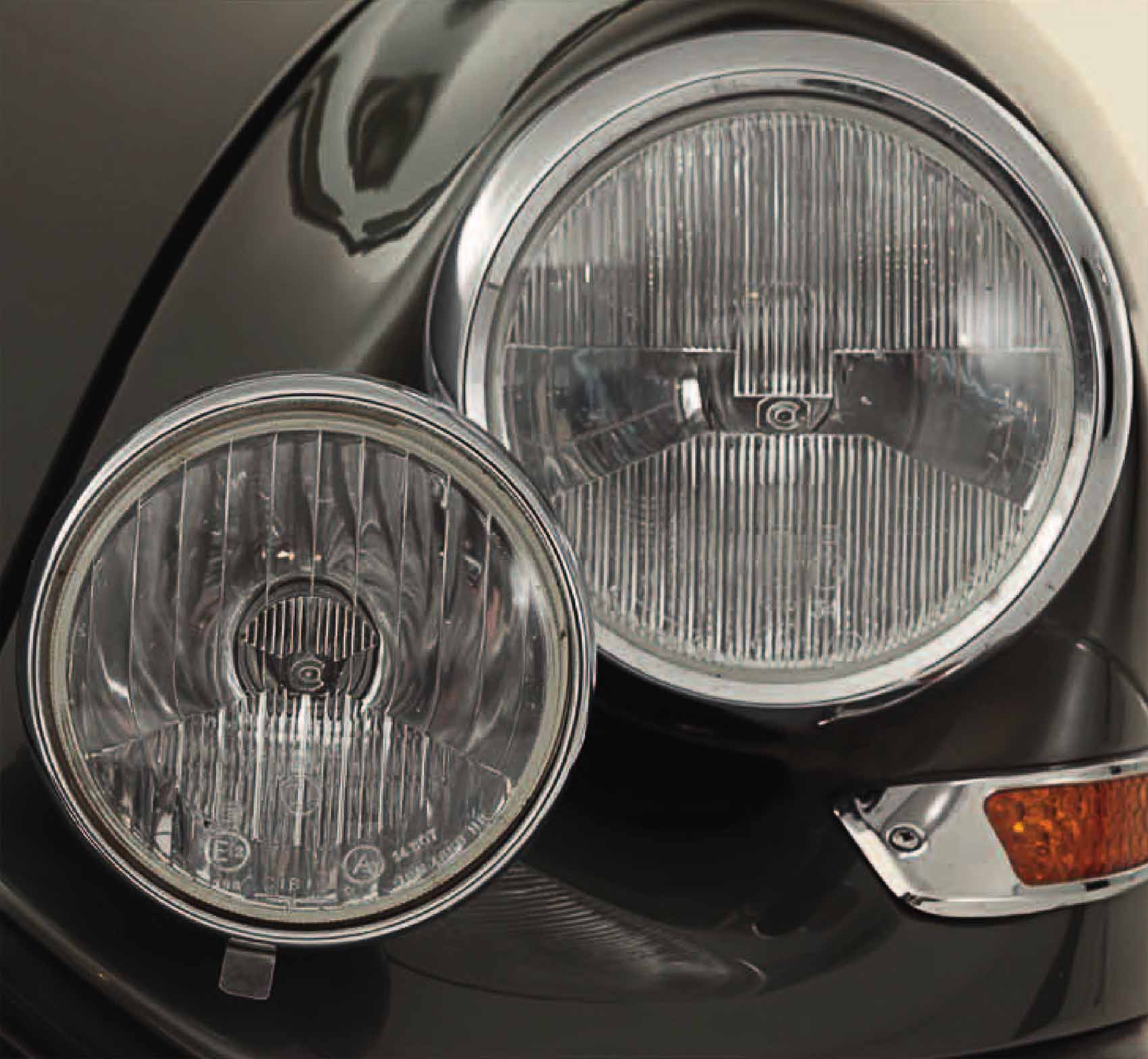
Auxiliary lights from luxury Pallas model fitted from ’64 and special Pallas chromed indicator

Original door handles replaced by recessed ones in 1971
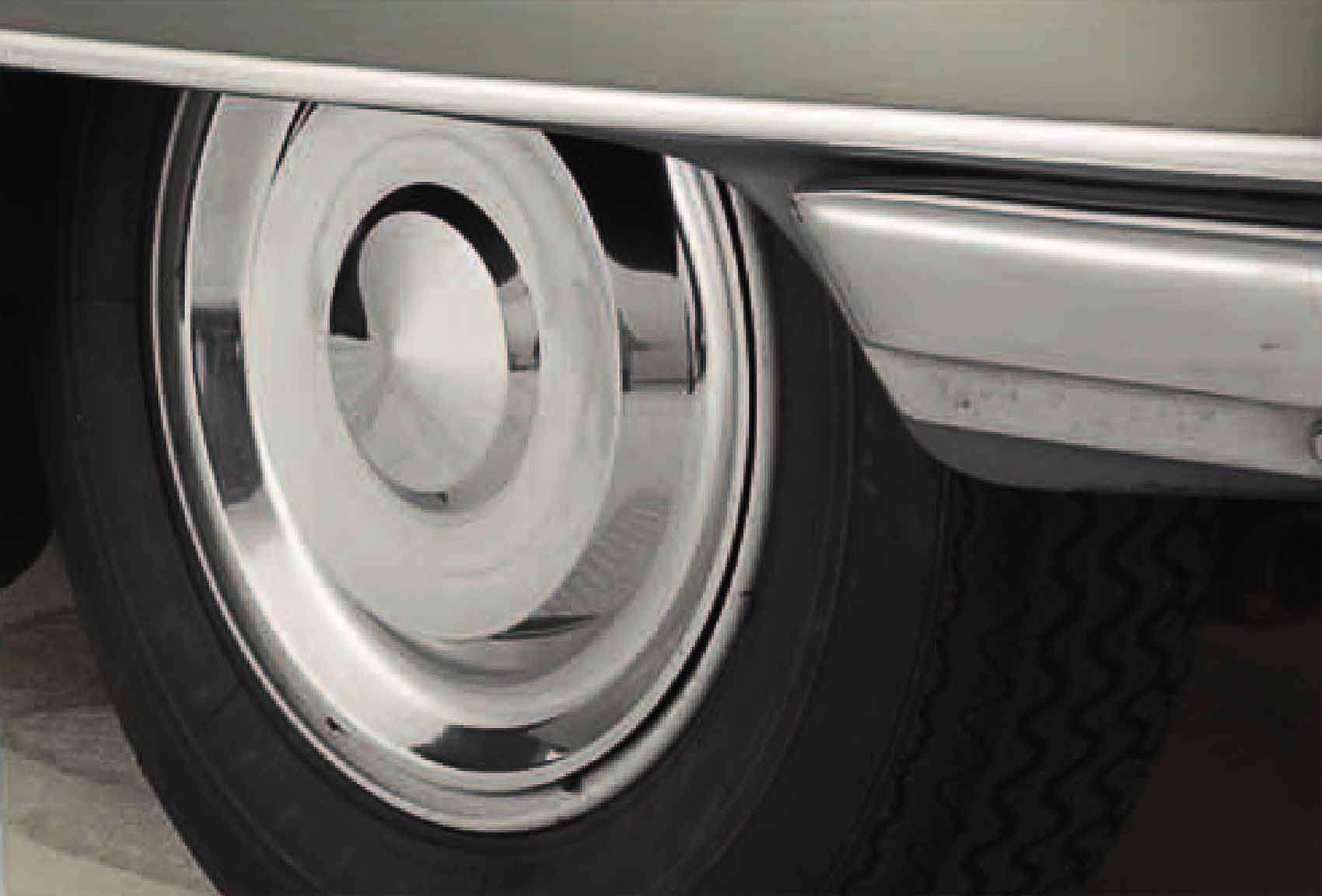
Full-diameter hubcaps
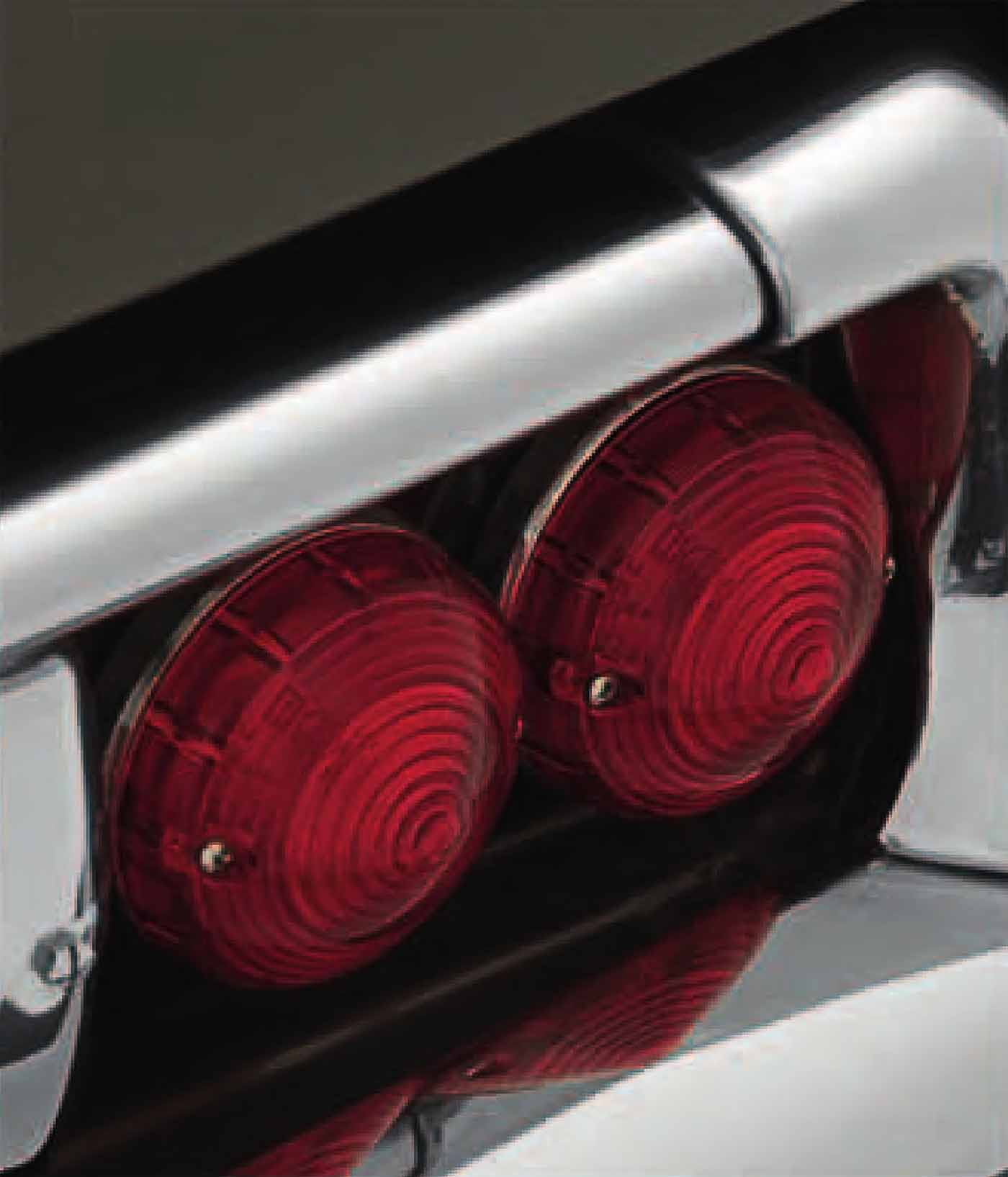
Convertibles always have round taillights
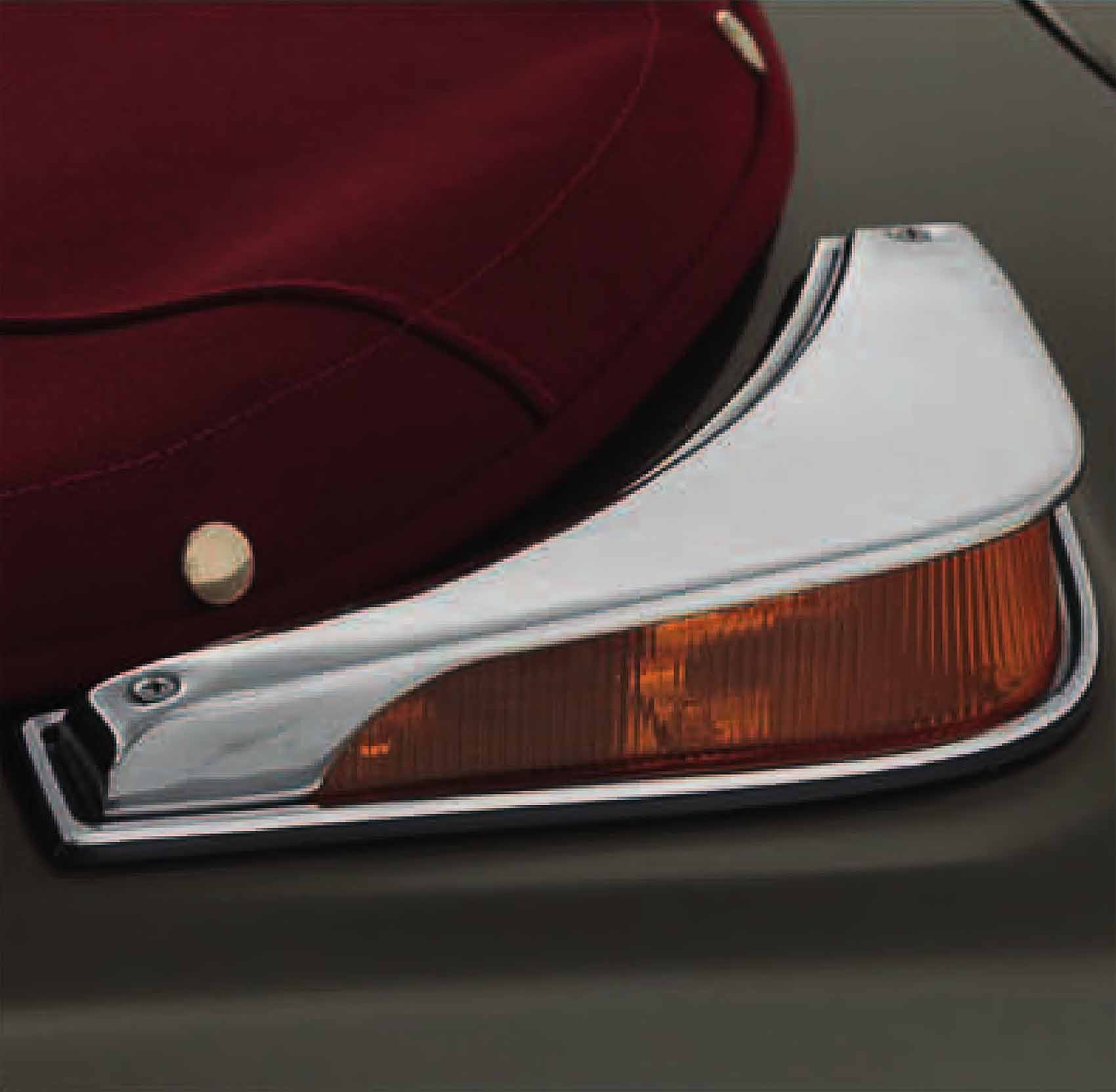
“Boomerang” rear indicators
THE INTERIOR
As an expensive top-of-the-range model, the cabriolet always had a high level of trim. Whether ID or DS, the seats were in leather—at first plain at the front, and from 1965 to the Pallas-type, pleated specification. Until 1968 the lower dashboard was painted in the same color as the exterior. The interior could comfortably seat four, and the well-constructed soft-top folded into a well, so that it lay nicely flat when stowed.
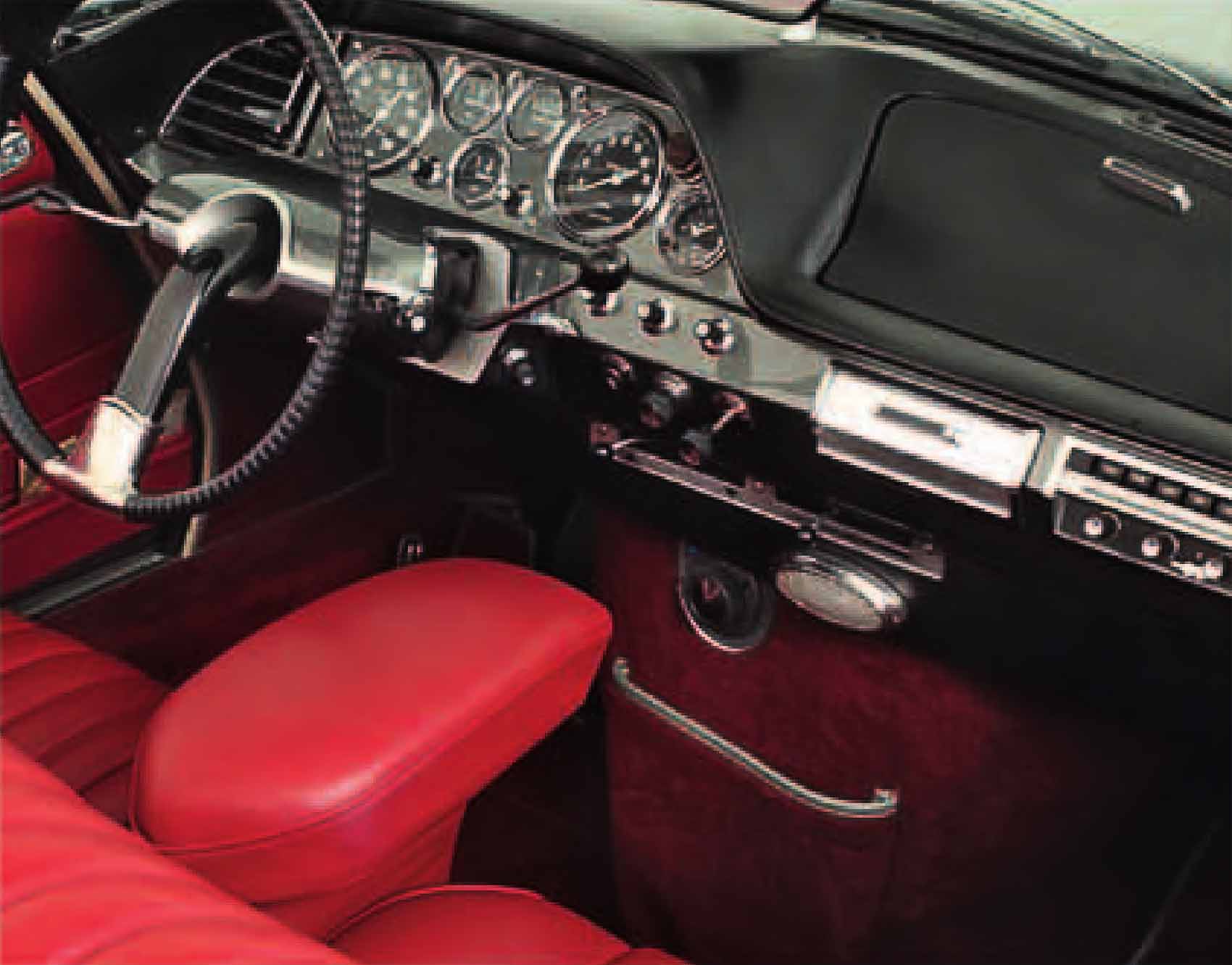
Second DS dashboard variant, less flamboyant than plastic original
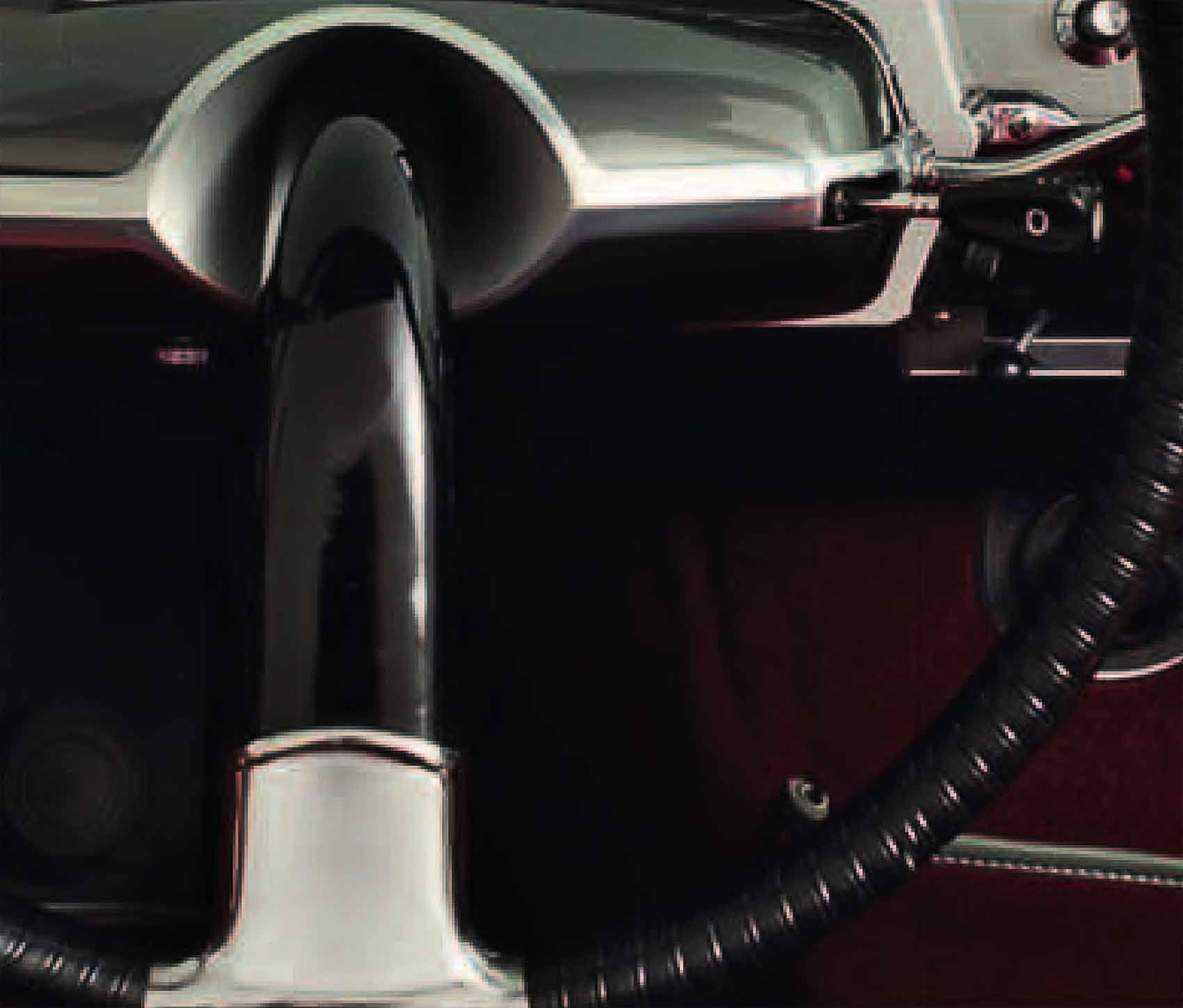
Single-spoke steering wheel
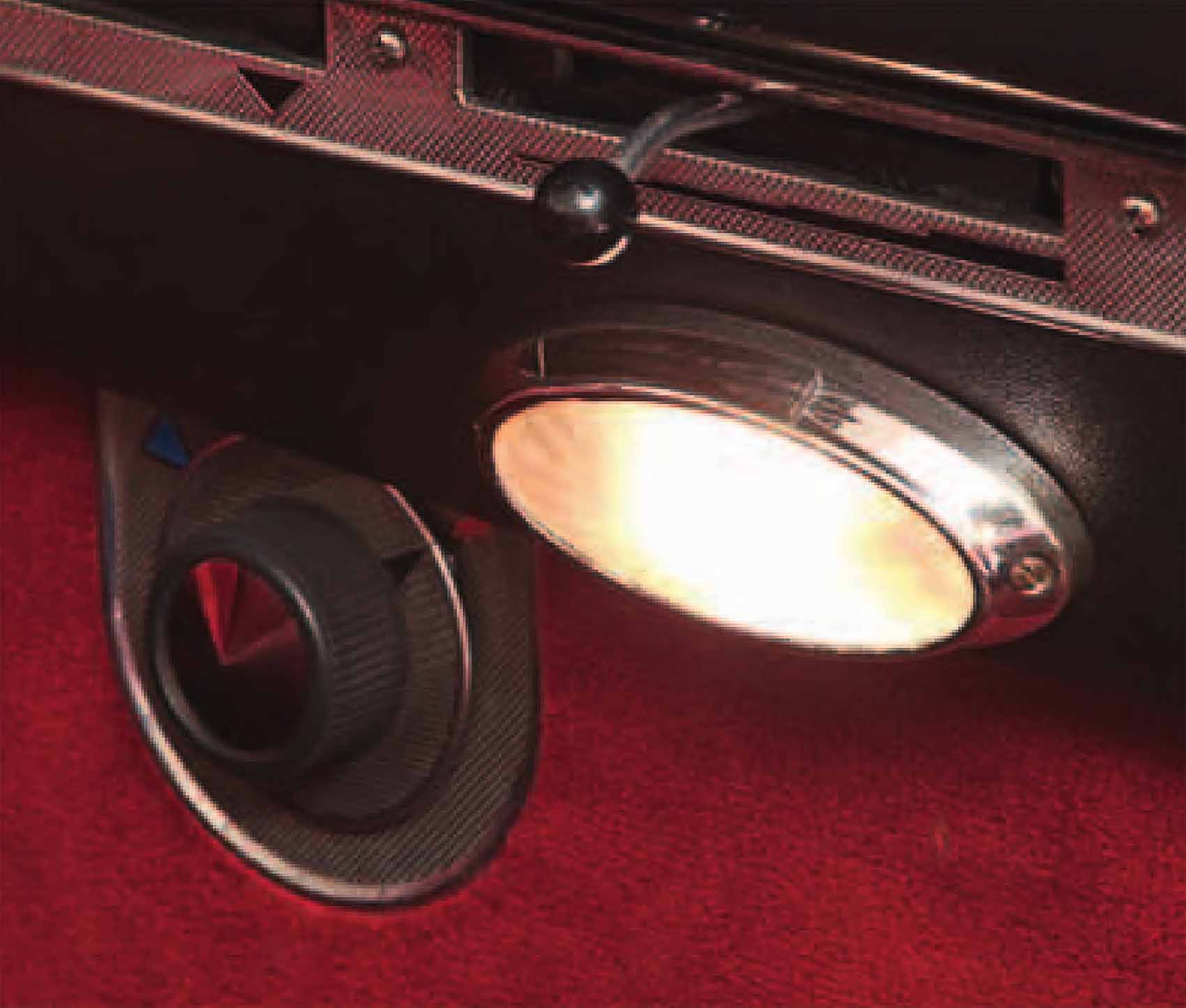
Low-set interior light substitutes for light on cant rail of Pallas sedan
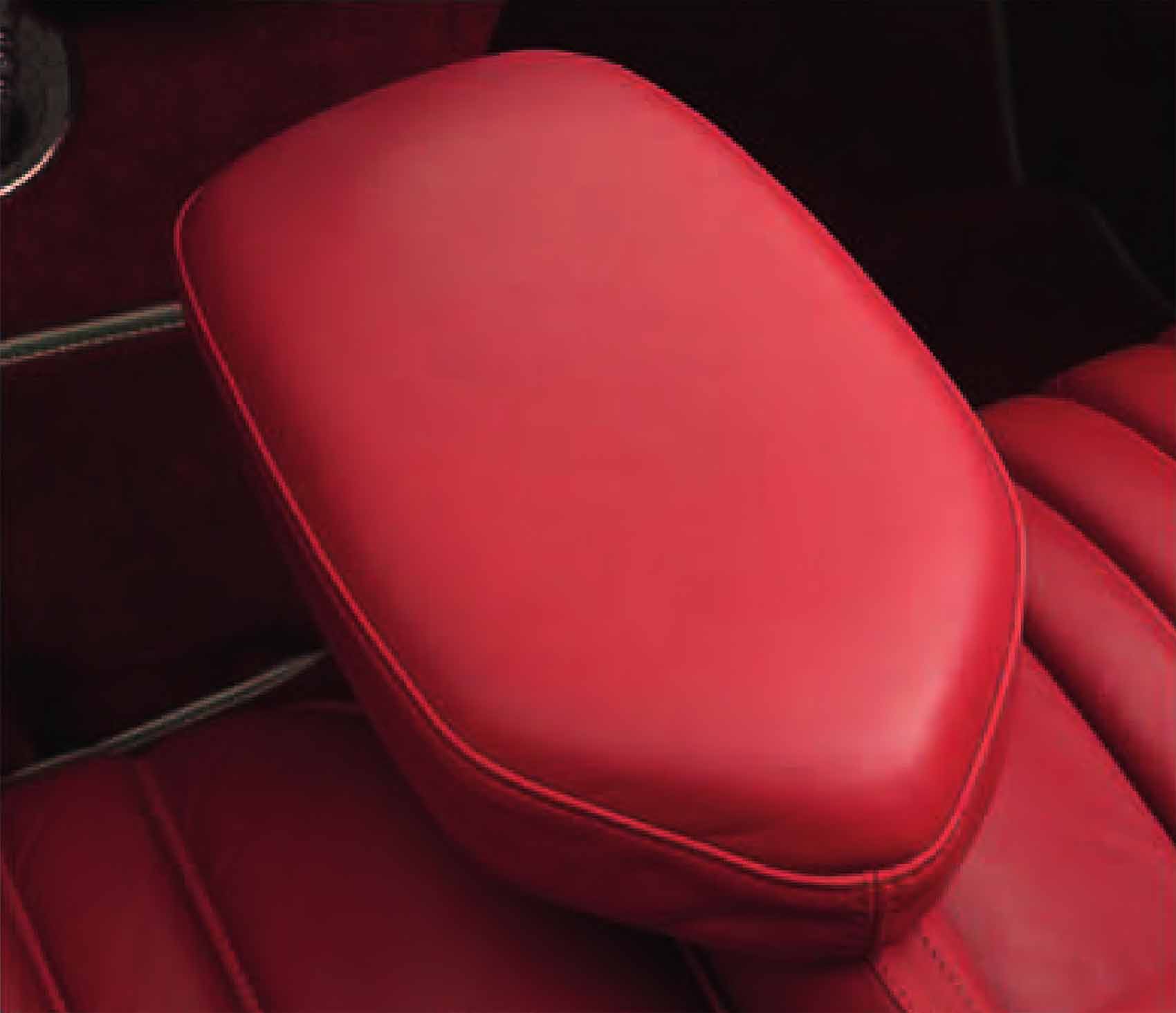
Lift-out center armrest found on Pallas models from 1972
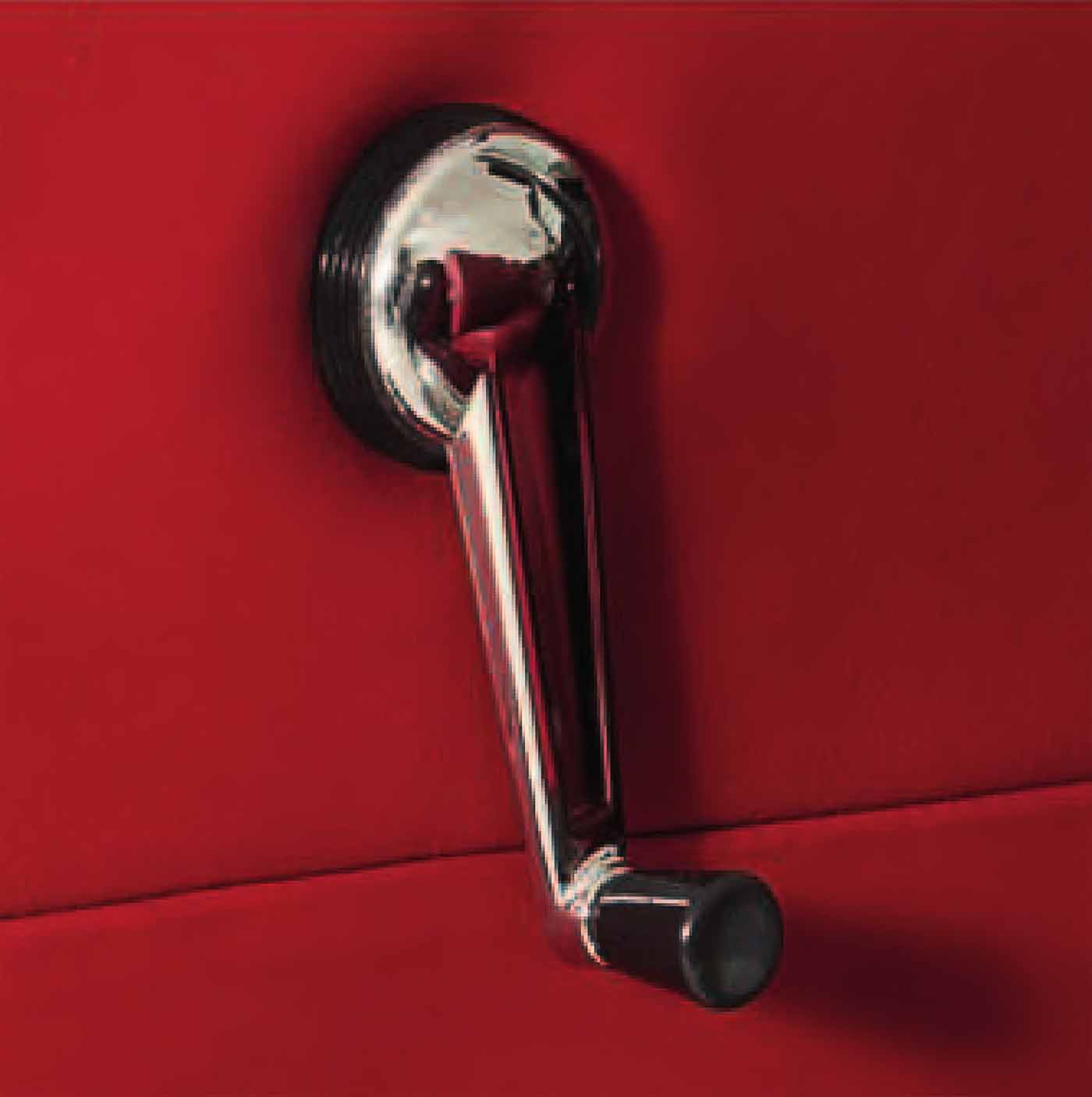
DS always has chrome door furniture; most of ID series use plastic
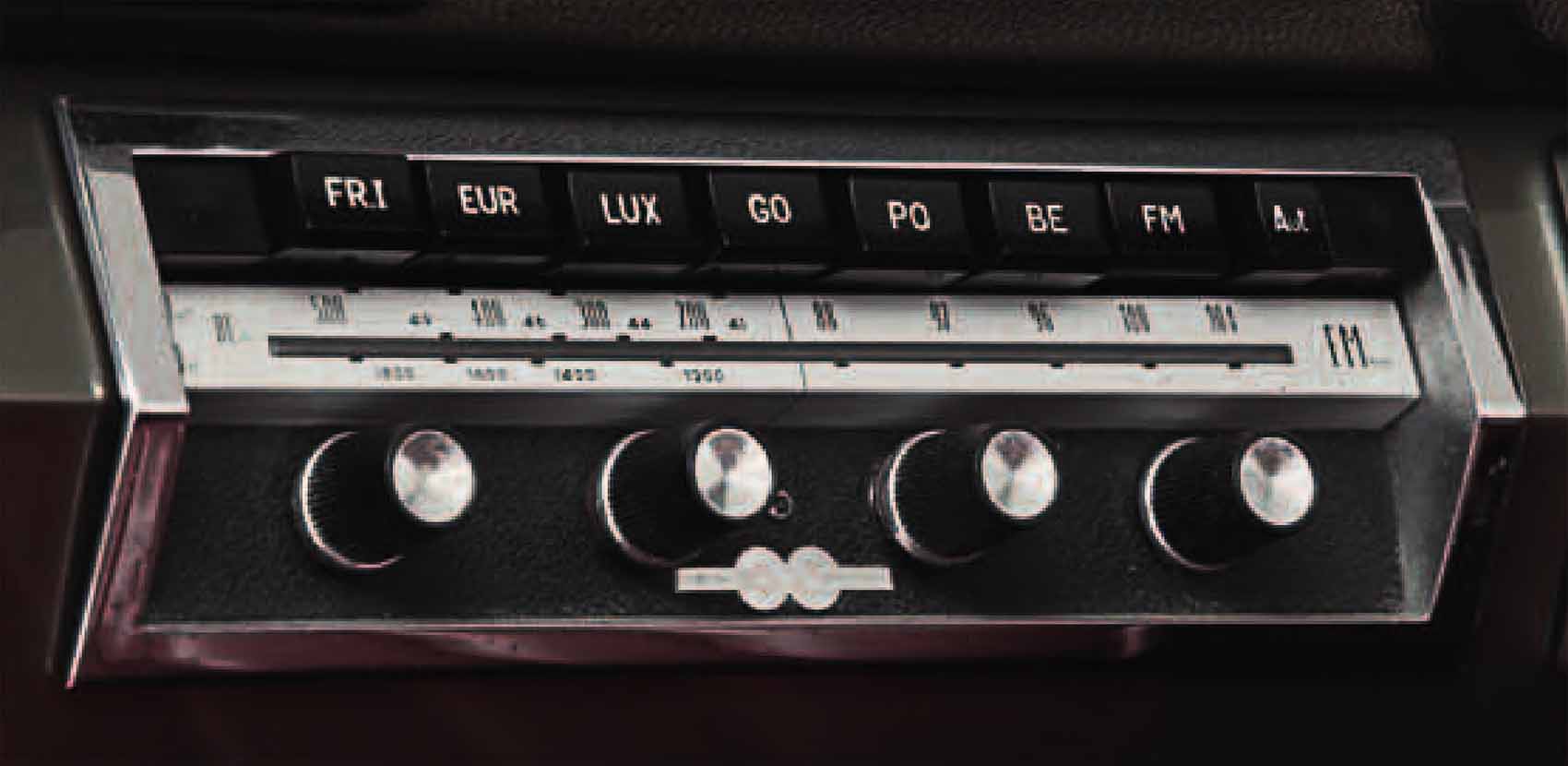
“Radioen” is Citroën’s own brand of car radio
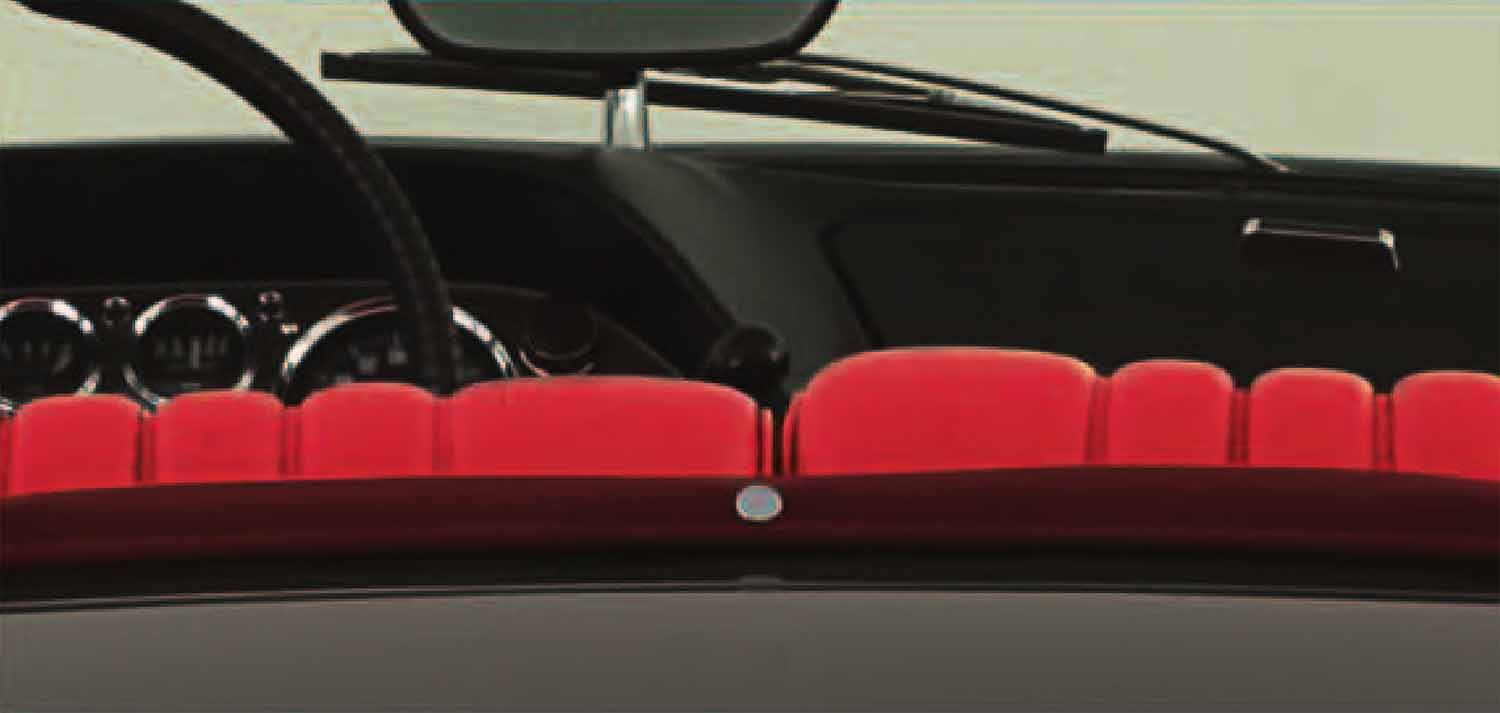
Pallas-type seats introduced for 1966 model
UNDER THE HOOD
The alloy-head crossflow engine with its hemispherical combustion chambers was originally derived from Citroën’s Traction Avant unit, first seen in 1934. For 1966 it was comprehensively revised, and given a bigger bore and a shorter stroke; in ultimate fuel-injected DS23 format it developed 130 bhp. From 1963 the DS was also available with a manual transmission, and from 1970 this was a five-speeder; a conventional automatic was optional from 1971.
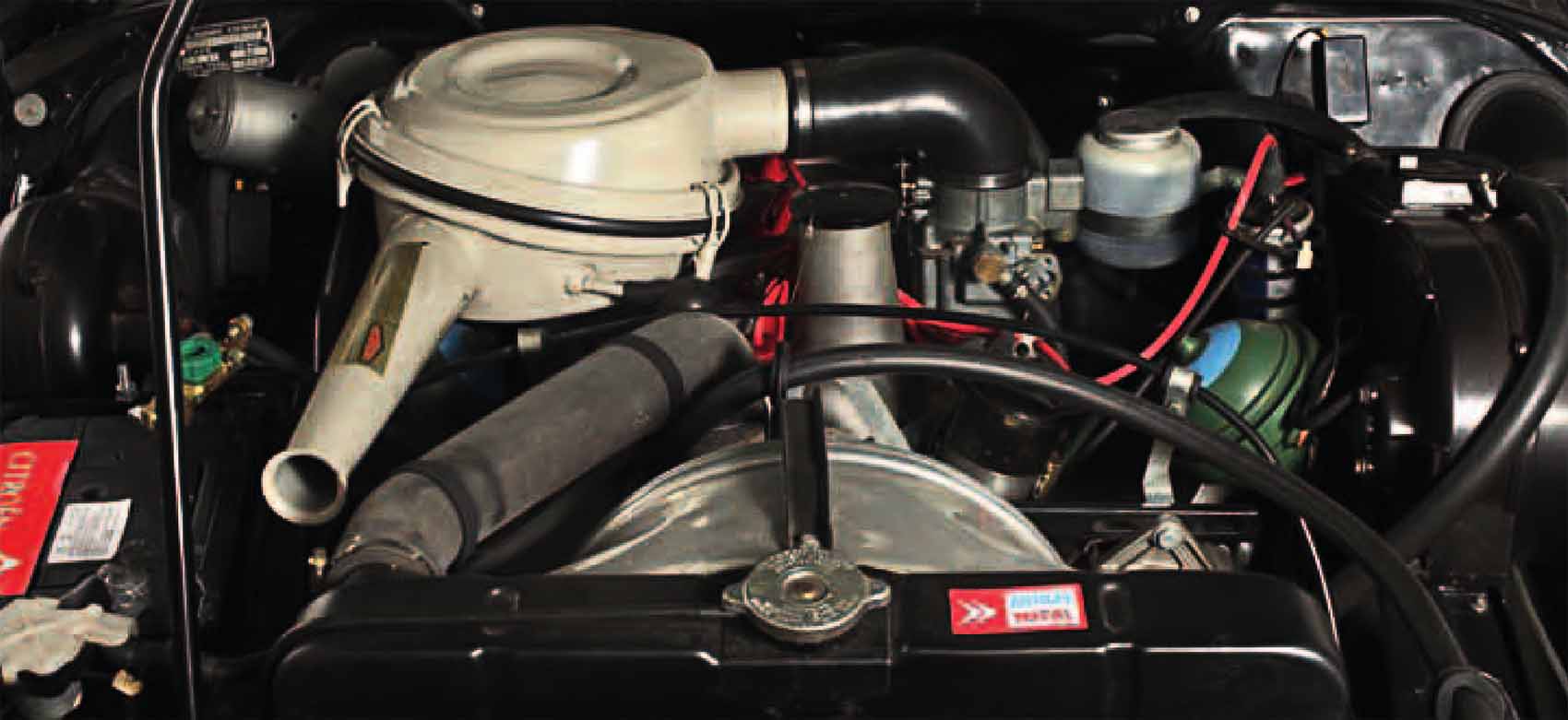
DS21 engine develops 109 bhp, with improved torque
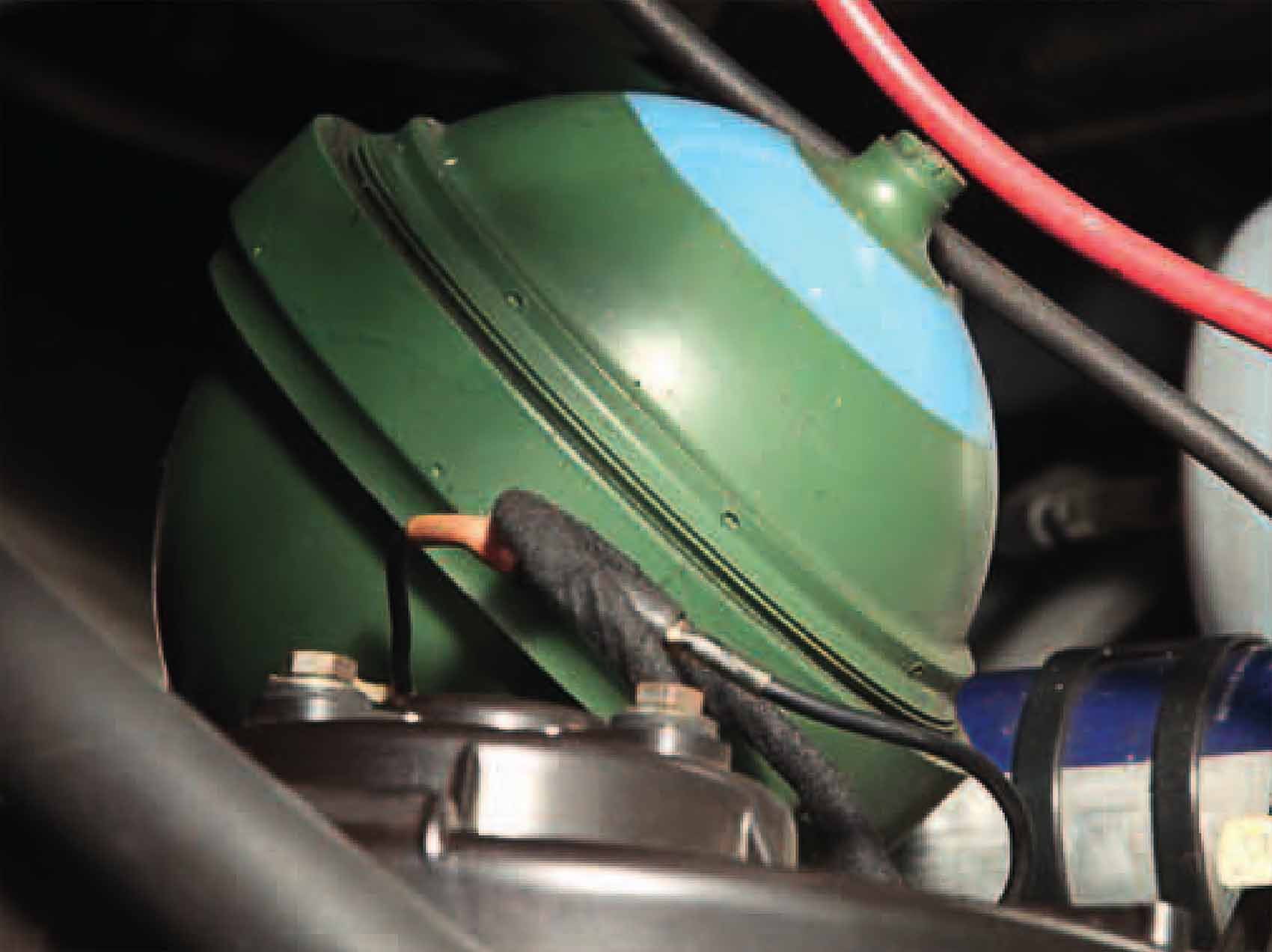
One of four hydropneumatic spheres for suspension
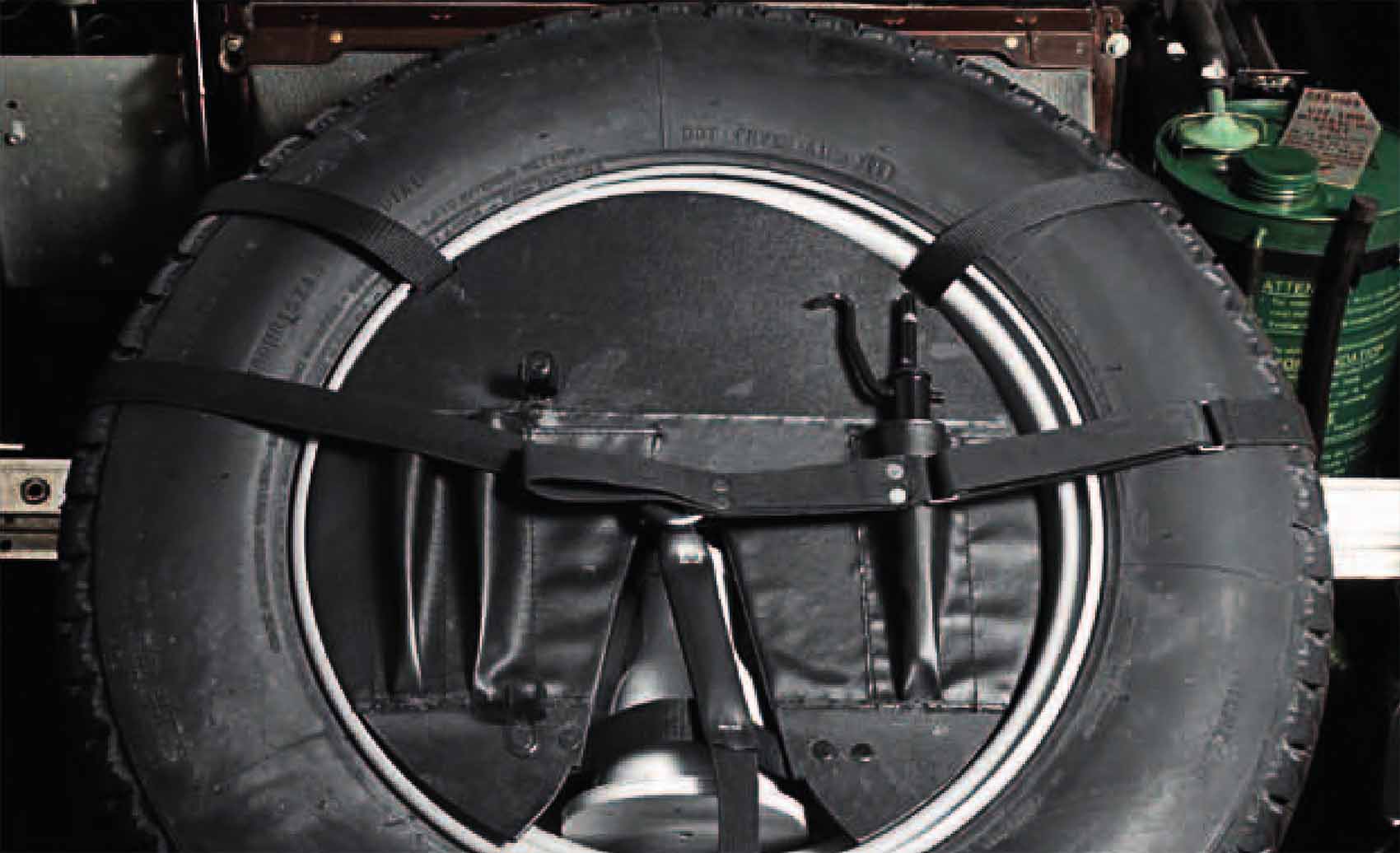
Under-hood spare tire liberates trunk space
It is a quote. The Definitive Visual History Of The Automobile 2011




